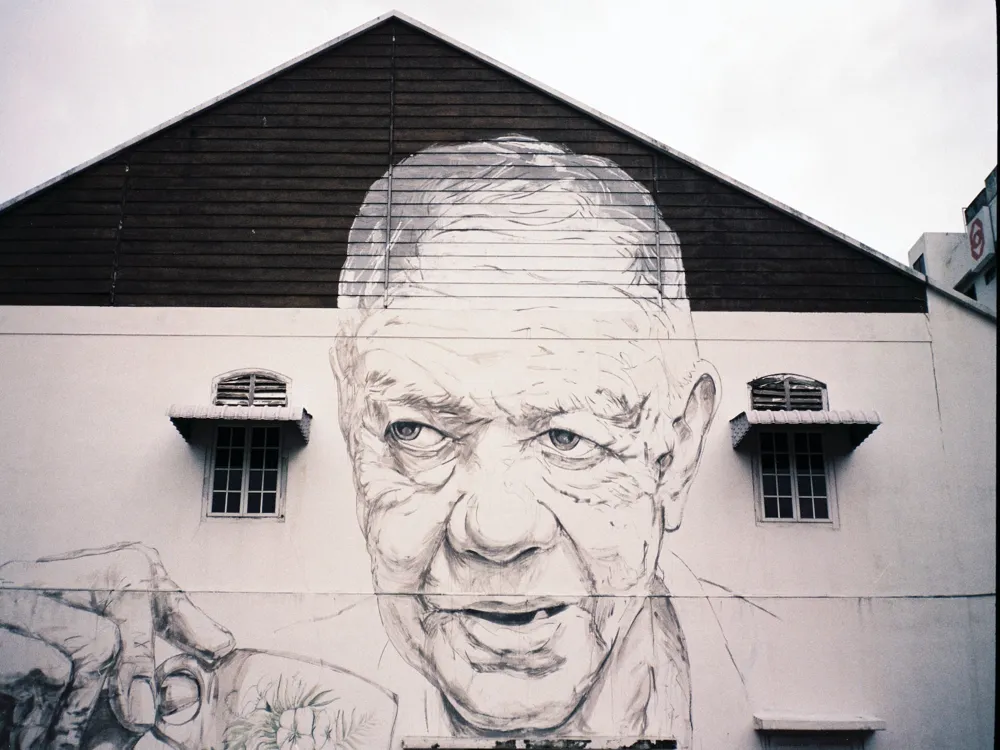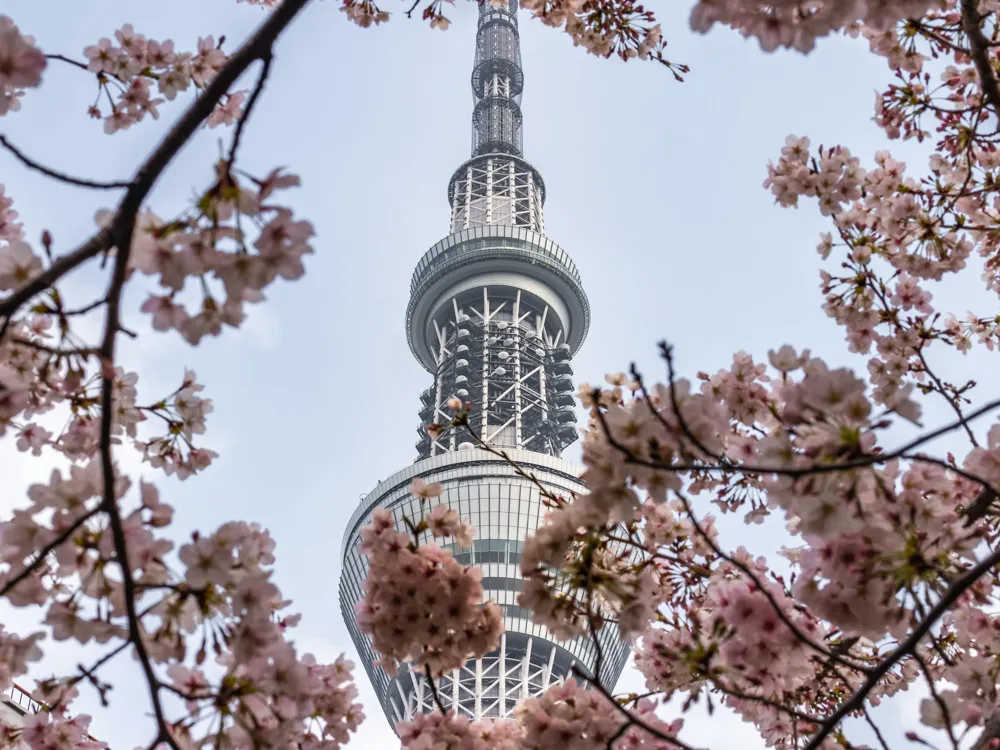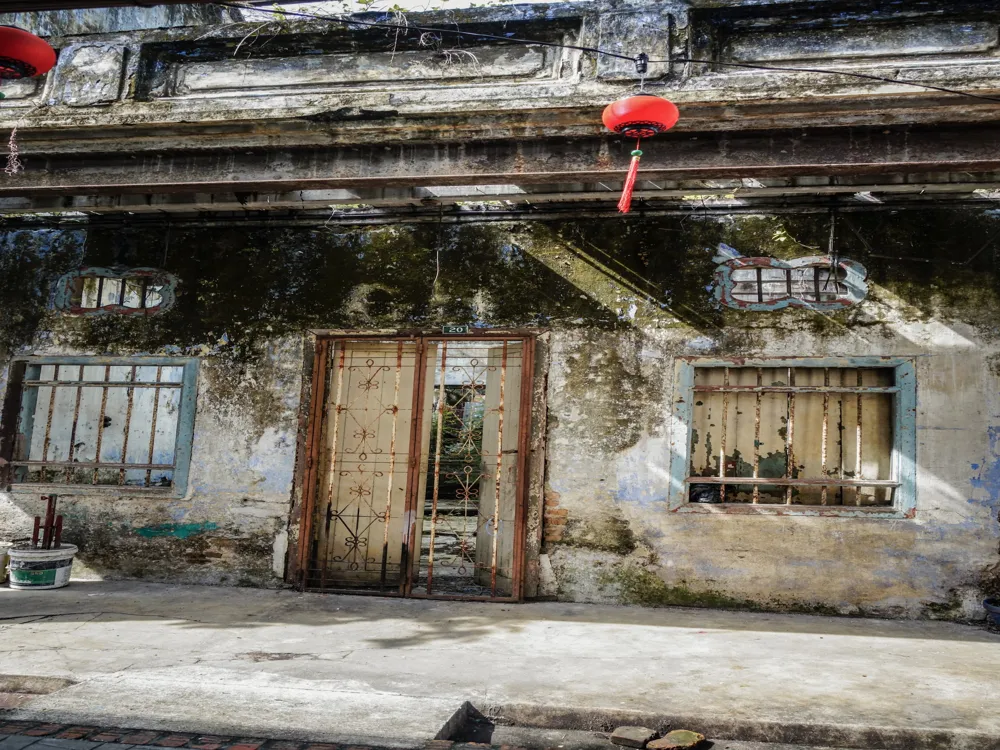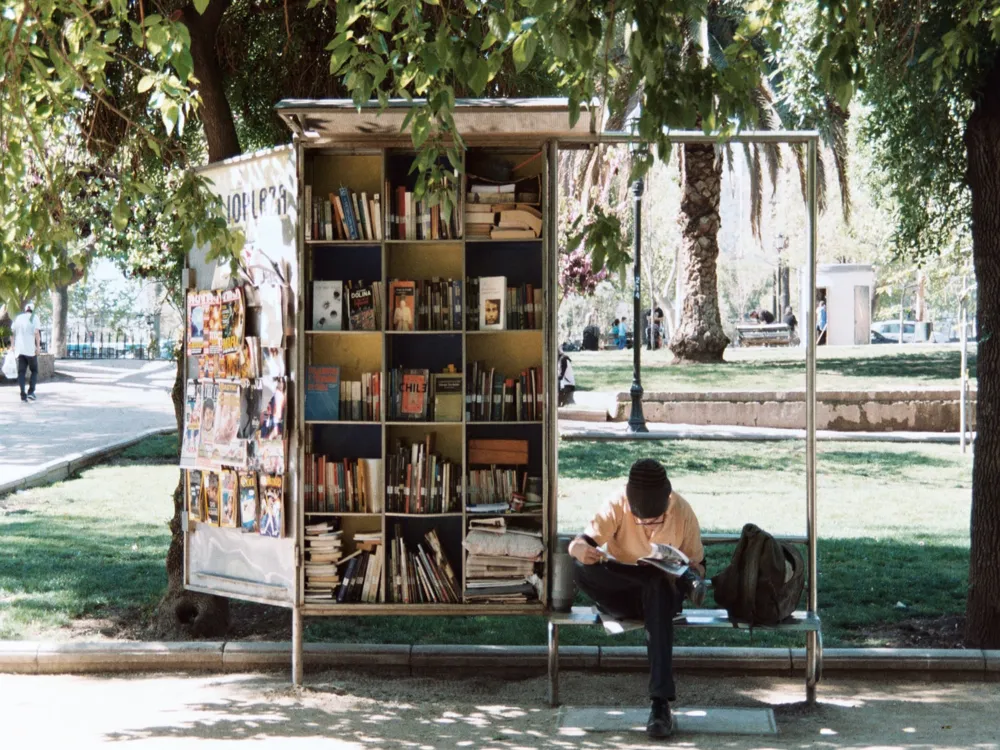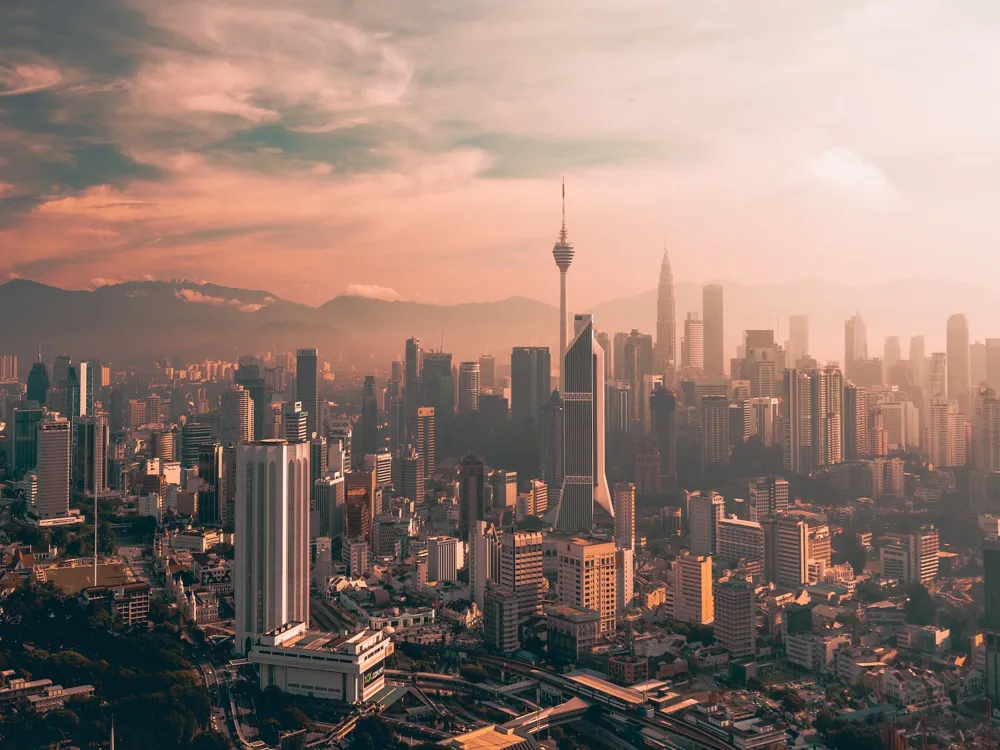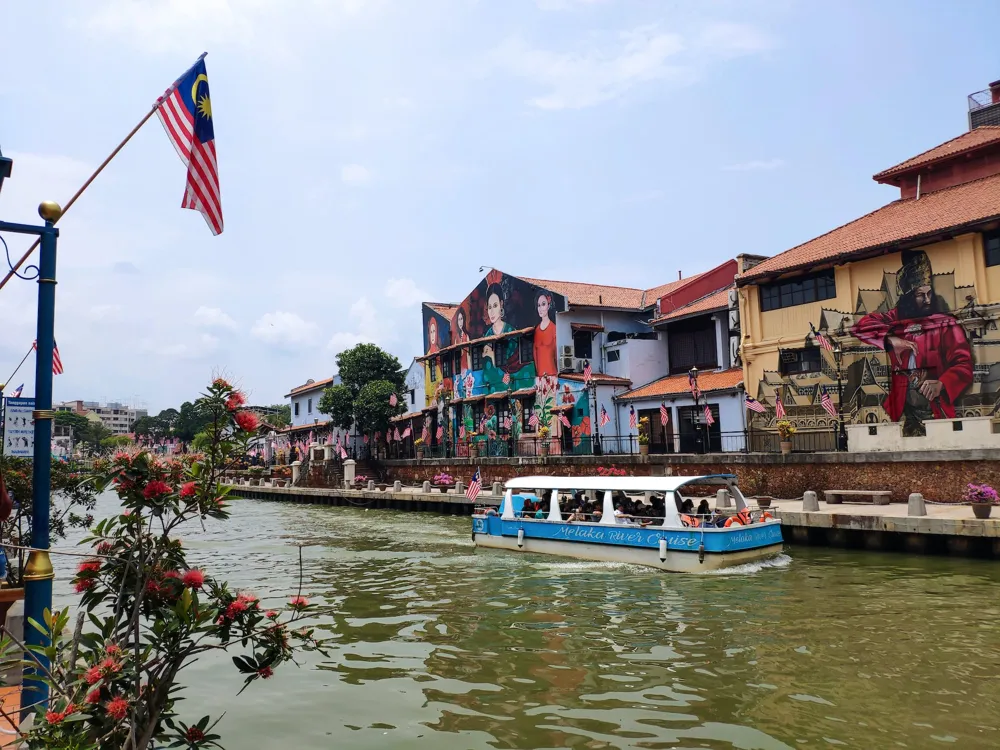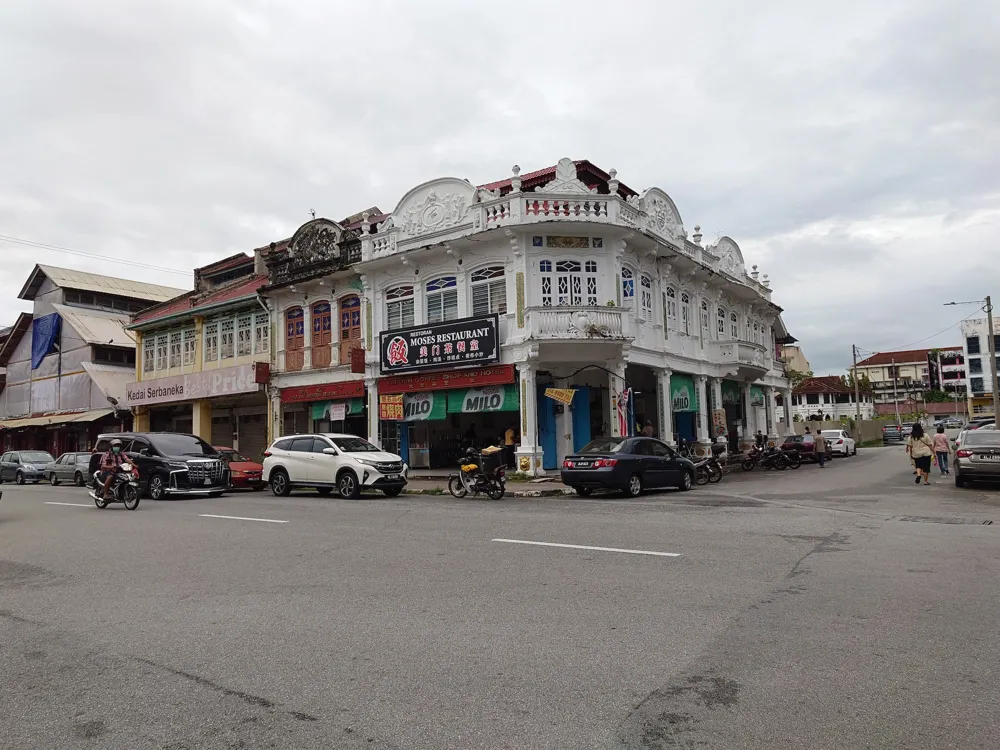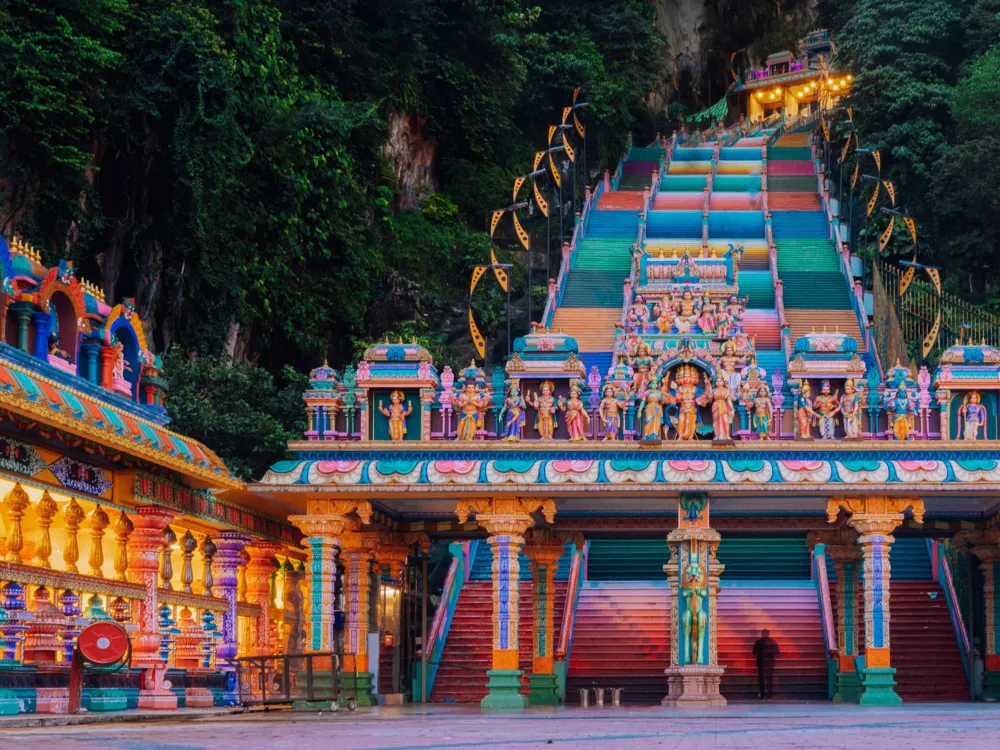Discover the charm of Gopeng, a small yet captivating town located in the district of Ipoh, in the state of Perak, Malaysia. This quaint town, nestled amidst lush greenery and rolling hills, offers a unique blend of historical richness, cultural diversity, and natural beauty. Gopeng, though often overshadowed by the more popular Ipoh, is a treasure trove of experiences waiting to be discovered by intrepid travelers and history enthusiasts alike. Gopeng's history is a fascinating tapestry woven with tales of tin mining, colonial influence, and the perseverance of its people. The town's inception dates back to the late 19th century when it rose to prominence as a tin mining hub. This period saw a surge in population and economic growth, laying the foundation for the town's diverse cultural landscape. The remnants of this bygone era are still visible in Gopeng's architectural marvels, each telling a story of its past glory and struggles. Gopeng's architecture is a mesmerizing fusion of colonial, traditional Malay, and Chinese influences, reflecting its multicultural heritage. Key landmarks include the Gopeng Heritage House, which showcases artifacts and photographs from the tin mining era, and the Gopeng Museum, a repository of the town's rich history. The town's streets are lined with colonial-era shop houses, Chinese clan houses, and traditional Malay kampung houses, offering a visual treat to architecture enthusiasts. A stroll through Gopeng's streets is like walking through a living museum. Each building, with its unique design and structure, narrates a different chapter of the town's history. From the ornate facades of the shop houses to the simplicity of the kampung houses, Gopeng's architectural diversity is a testament to its multicultural fabric. Visitors can immerse themselves in this historical journey, unraveling the stories behind each structure and understanding the town's evolution over the years. As you delve deeper into the architectural wonders of Gopeng, you'll find yourself enchanted by the blend of styles that have shaped the town's skyline. The architecture here is not just about aesthetics; it's a narrative of Gopeng's socio-cultural evolution, influenced by the tin mining boom, colonial rule, and the harmonious coexistence of diverse communities. The colonial era left an indelible mark on Gopeng's architectural landscape. The British, during their rule, introduced Victorian and Edwardian styles, evident in the administrative buildings, churches, and bungalows. These structures, characterized by their high ceilings, large windows, and ornate detailing, are a stark contrast to the local architecture, symbolizing the town's transition during the colonial period. Gopeng's architecture is also heavily influenced by Chinese and Malay cultures. The Chinese brought their traditional architectural styles, evident in the clan houses and temples adorned with intricate carvings and colorful motifs. The Malay influence is seen in the kampung houses, built on stilts with pitched roofs and spacious verandas, reflecting the community's adaptation to the tropical climate. In recent years, Gopeng has seen a blend of modern architectural styles, complementing its historical buildings. Newer structures, while modern in design, often incorporate elements of traditional architecture, ensuring a harmonious blend with the town's historical aesthetic. This contemporary development not only adds to Gopeng's architectural diversity but also signifies its progression into the modern era while staying true to its roots. Planning a visit to Gopeng? Here are some valuable tips to enhance your experience and ensure a memorable trip. Gopeng experiences a tropical climate, making it a year-round destination. However, the best time to visit is between February and April, when the weather is relatively cooler and drier, ideal for outdoor activities and exploration. Don't miss out on the local delicacies of Gopeng. The town offers a variety of traditional Malay, Chinese, and Indian dishes, reflecting its cultural diversity. Be sure to try the famous Ipoh white coffee and local street food. Respect the local customs and traditions. Dress modestly when visiting religious sites, and always ask for permission before taking photographs of the locals. Gopeng offers a range of accommodation options, from budget-friendly homestays to luxury resorts. Booking in advance is recommended, especially during peak tourist seasons. While Gopeng is accessible by public transport, renting a car or hiring a taxi is recommended for convenience, especially when exploring the outskirts of the town. Reaching Gopeng is an adventure in itself, with various modes of transportation available to suit every traveler's needs. Gopeng is well-connected by road and is easily accessible via the North-South Expressway (NSE). Driving from Kuala Lumpur takes about 2 hours, offering a scenic journey through Malaysia's countryside. For those preferring public transport, buses and trains are available from major cities to Ipoh. From Ipoh, you can take a local bus or taxi to Gopeng, which is approximately 30 minutes away. Travelers can also fly into the Sultan Azlan Shah Airport in Ipoh. From there, Gopeng is just a short drive away, making it convenient for international and domestic visitors to access this charming town. Read More:Welcome to Gopeng, Ipoh, Perak: A Hidden Gem Waiting to be Explored
A Journey Through Time: The Rich History of Gopeng
The Architectural Splendors of Gopeng: A Testament to Its Glorious Past
Exploring the Heart of Gopeng: A Walk Through Its Historical Streets
Unveiling the Architectural Gems of Gopeng, Ipoh, Perak
The Colonial Imprint: A Glimpse into Gopeng's Colonial Architecture
The Harmony of Cultures: Chinese and Malay Architectural Influences
The Modern Touch: Gopeng's Contemporary Architectural Developments
Essential Tips for Visiting Gopeng
Best Time to Visit
Local Cuisine
Cultural Etiquette
Accommodation
Transportation
Getting to Gopeng: Your Gateway to Adventure
By Road: The Scenic Route to Gopeng
By Public Transport: An Eco-Friendly Alternative
By Air: Fly into Ipoh and Explore
Gopeng
Ipoh
Perak
NaN onwards
View ipoh Packages
Ipoh Travel Packages
View All Packages For Ipoh
Top Hotel Collections for Ipoh

Private Pool

Luxury Hotels

5-Star Hotels

Pet Friendly
Top Hotels Near Ipoh
Other Top Ranking Places In Ipoh
View All Places To Visit In ipoh
View ipoh Packages
Ipoh Travel Packages
View All Packages For Ipoh
Top Hotel Collections for Ipoh

Private Pool

Luxury Hotels

5-Star Hotels

Pet Friendly








